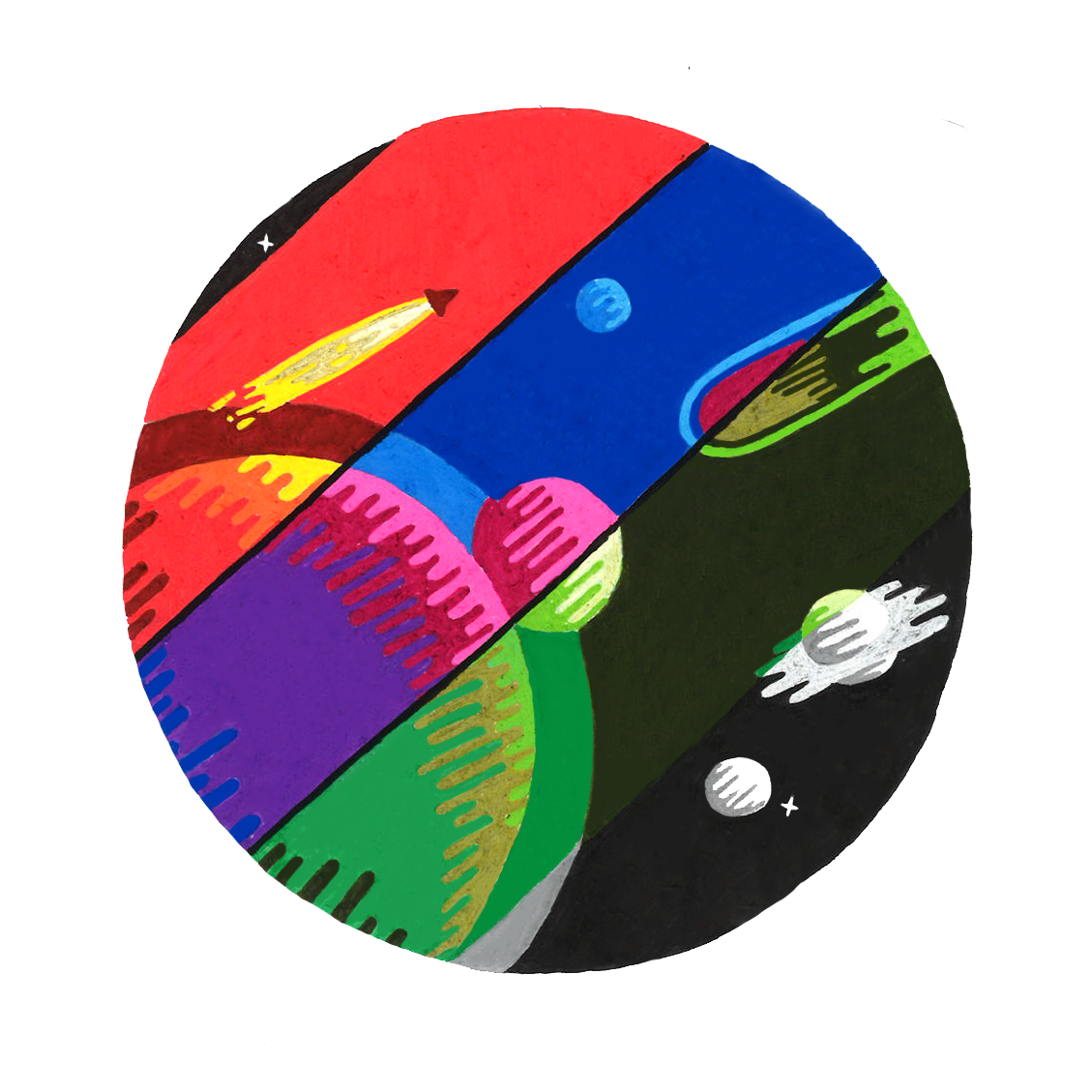Posts from February 2023
Looking at the Universe through a pair of colourful glasses
Leiden, the Netherlands
Teaching students how to make a colour image of an open cluster
At the old observatory in Leiden we have no less than four historical telescopes. These are maintained by a very enthusiastic team of volunteers. A newer optical telescope had been added to the collection and is being used for education purposes.
During this month I have the privilege to teach how to use these optical telescopes. Thus, whenever the weather allows, we show bachelor students how to operate a telescope. In addition, they learn how to point the historical '10-duims' telescope using nothing but their eyes and an oculair.
Most of the evenings simply follow very standard and basic observing procedures. We take flat fields using the sky during twilight, record bias and dark fields while covering the aperture of the telescope, after which we switch to the science observations.
Maybe it is known to you, but for sure not to everyone: professional telescopes do not have a colour camera. The colourful images of galaxies and dying stars (nebula) are created by stacking multiple black and white images taken through different colour filters. Basically, we can say that telescopes have a couple pair of glasses that can be put on and off during observations. There are two main reasons why astronomers rather use black and white (B&W) cameras than colour ones. First of all colour cameras have these filters glued directly onto the individual pixels. Thus, you can not simply change the filters meaning your coloured few is limited to a specific set of colours. A regular colour camera's has two green, one red and one blue pixel for each combination of four pixels, which brings me to the second reason. Imagine that we perform an astronomical observation with the colour camera that I just described. If I would be only interested in the green image, I would end up with only half of the light that reached the telescope aperture, since only two out of four pixels collect photons having energies in the green part of the spectrum. If we would have a B&W camera with a green filter, we could make use of all pixels, and therefore do not loose any light. This is why we rather have the B&W cameras with multiple pair of glasses.
OK let's head back to Leiden: the main goal of every observing evening is to make images of M37, an open cluster located in the constellation of Auriga. Just like every other astronomical object, M37 looks different while observing through different colour filters. Not only the shape but also the intensity of the light reaching the telescope will be dissimilar. This is why we need to find and define an ideal exposure for each individual colour filter. But for how long do we need to expose in order to image this faint open cluster? I will give you a hint: humans can not see the cluster with their naked eyes.
Our eyes are relatively small in aperture size and can only capture a limited number of photons within a short period. The duration of a single conscious perception is estimated to be around 200 to 400 milliseconds. We would have to combine about 800 eyes to get close to the number of photons we need to see the star cluster. This number of eyes is roughly equivalent to an exposure time of three to five minutes for the telescope's camera. No wonder we cannot see the open cluster in the sky.
In May, I will be teaching the students how to use a solar telescope. Stay tuned!
February 28, 2022

